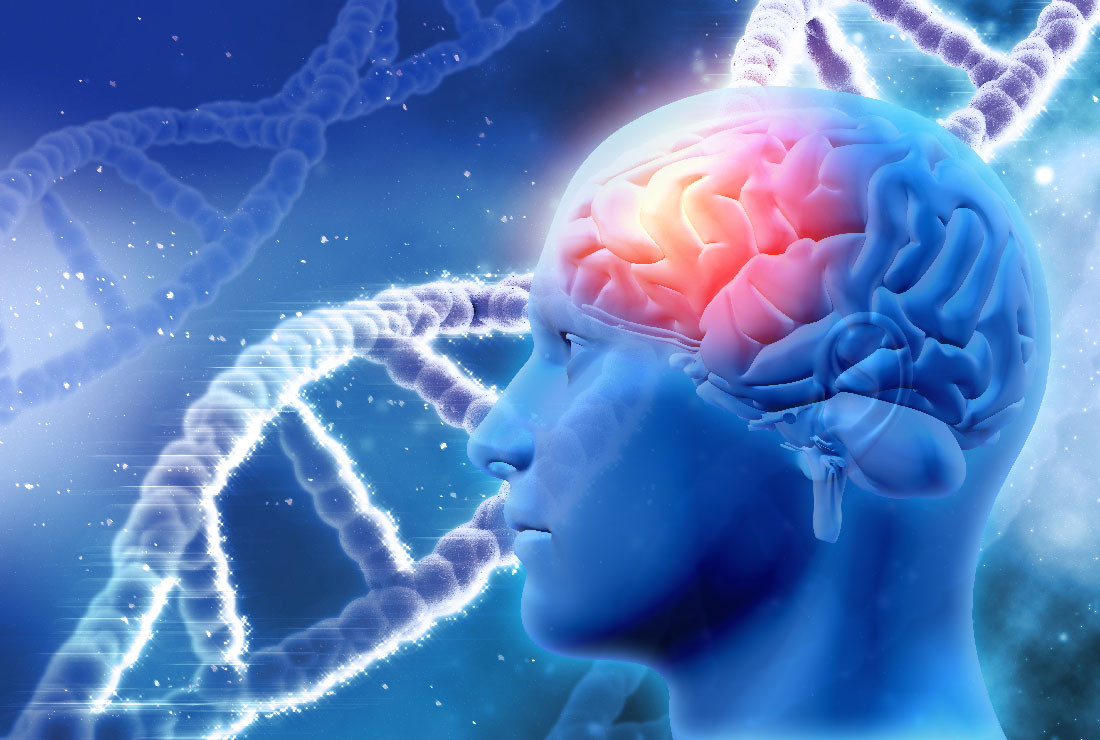Basal Ganglia Calcification: Symptoms, Causes, Treatment
What are the symptoms of basal ganglia calcification?
Basal ganglia calcification, also known as Fahr’s syndrome or idiopathic basal ganglia calcification (IBGC), is a rare neurological disorder characterized by the abnormal accumulation of calcium deposits in the basal ganglia and other areas of the brain. The symptoms of basal ganglia calcification can vary widely among affected individuals and may include:
- Movement abnormalities: Basal ganglia calcification can cause a variety of movement disorders, including stiffness (rigidity), tremors, involuntary muscle contractions (dystonia), and difficulty coordinating movements (ataxia). Some individuals may also experience Parkinsonism-like symptoms, such as slow movements and a shuffling gait.
- Cognitive impairment: Basal ganglia calcification can affect cognitive function, leading to symptoms such as memory loss, confusion, difficulty concentrating, and impaired judgment.
- Psychiatric symptoms: Some individuals with basal ganglia calcification may experience psychiatric symptoms, including depression, anxiety, personality changes, and hallucinations.
- Seizures: Seizures are a common symptom of basal ganglia calcification and may vary in severity and frequency.
- Headaches: Some individuals with basal ganglia calcification may experience headaches, which can range from mild to severe.
- Speech and language difficulties: Basal ganglia calcification can affect speech and language abilities, leading to slurred speech, difficulty finding words, and other communication problems.
- Motor impairment: In severe cases, basal ganglia calcification can lead to significant motor impairment, including paralysis or loss of muscle function.
It’s important to note that the symptoms of basal ganglia calcification can vary widely among affected individuals and may progress slowly over time. The severity and progression of symptoms can also be influenced by factors such as the location and extent of calcium deposits in the brain. If you or someone you know is experiencing symptoms of basal ganglia calcification, it’s important to seek medical attention for an accurate diagnosis and appropriate management.
What are the causes of basal ganglia calcification?
Basal ganglia calcification, also known as Fahr’s syndrome or idiopathic basal ganglia calcification (IBGC), can have several causes. In some cases, the cause is genetic, while in others, it may be due to other underlying conditions or factors. The exact cause of basal ganglia calcification is not always clear, and it can vary among affected individuals. Some possible causes and risk factors include:
- Genetic mutations: Some cases of basal ganglia calcification are caused by mutations in certain genes, such as the SLC20A2 and PDGFRB genes. These mutations are inherited in an autosomal dominant pattern, which means that a person only needs to inherit one copy of the mutated gene from one parent to develop the condition.
- Secondary causes: Basal ganglia calcification can also occur as a secondary feature of other conditions or factors, such as:
- Chronic kidney disease
- Hypoparathyroidism (low levels of parathyroid hormone)
- Disorders of calcium metabolism
- Infections, such as HIV or cytomegalovirus (CMV)
- Autoimmune diseases, such as systemic lupus erythematosus (SLE)
- Exposure to certain medications or toxins
- Idiopathic: In some cases, the cause of basal ganglia calcification is unknown (idiopathic). Idiopathic basal ganglia calcification is often associated with a family history of the condition, suggesting a genetic component.
It’s important to note that basal ganglia calcification can be a feature of several different conditions and can vary widely in its presentation and severity. The underlying cause of basal ganglia calcification can influence the progression and management of the condition. If you or someone you know is experiencing symptoms of basal ganglia calcification, it’s important to seek medical attention for an accurate diagnosis and appropriate management.
What is the treatment for basal ganglia calcification?
There is no specific treatment for basal ganglia calcification itself, as it is a structural change in the brain characterized by the abnormal accumulation of calcium deposits. Treatment focuses on managing symptoms and complications associated with the condition. Treatment options may include:
- Medications:
- For movement disorders: Medications such as levodopa may be prescribed to help manage movement disorders such as Parkinsonism.
- For seizures: Antiepileptic drugs may be prescribed to help control seizures in individuals with basal ganglia calcification.
- For psychiatric symptoms: Antidepressants or antipsychotic medications may be prescribed to help manage psychiatric symptoms such as depression, anxiety, or hallucinations.
- Physical therapy: Physical therapy may be recommended to help maintain muscle strength and mobility, especially in individuals with movement disorders or muscle stiffness.
- Speech therapy: Speech therapy may be helpful for individuals with speech and language difficulties due to basal ganglia calcification.
- Treatment of underlying conditions: If basal ganglia calcification is secondary to an underlying condition such as hypoparathyroidism or a metabolic disorder, treatment of the underlying condition may help manage symptoms.
- Regular monitoring: Regular monitoring of symptoms and overall health is important to assess the progression of basal ganglia calcification and to adjust treatment as needed.
It’s important for individuals with basal ganglia calcification to work closely with a healthcare team experienced in managing neurological conditions to develop a comprehensive treatment plan that addresses their specific needs and symptoms.




